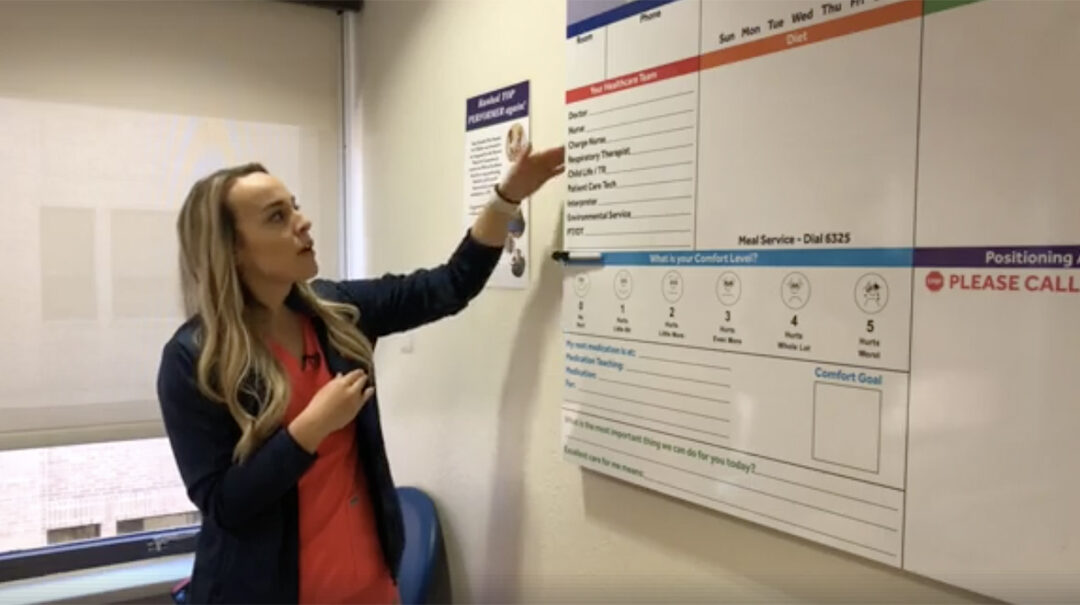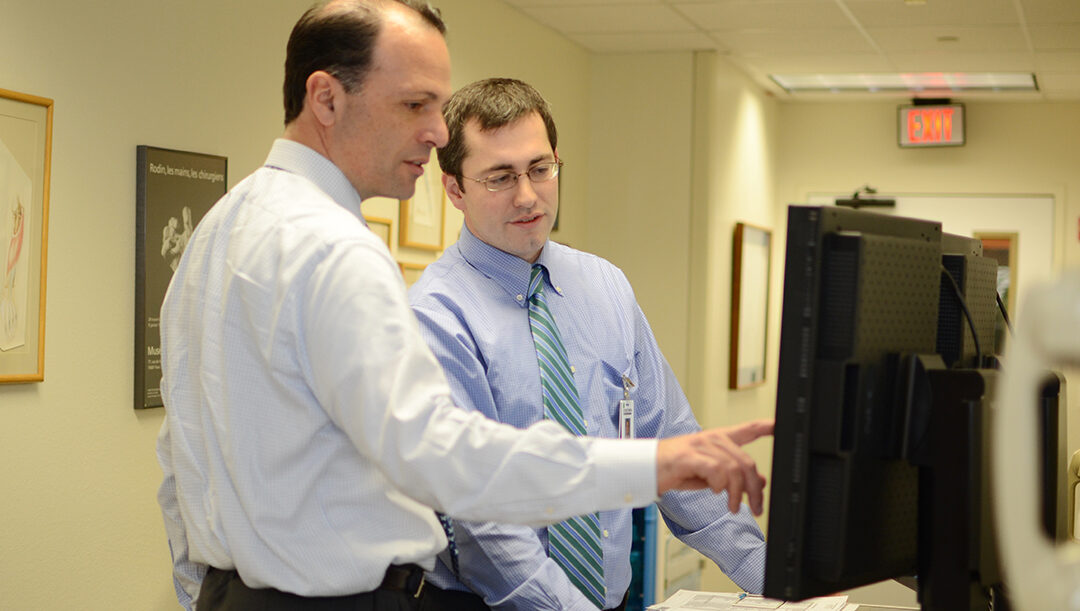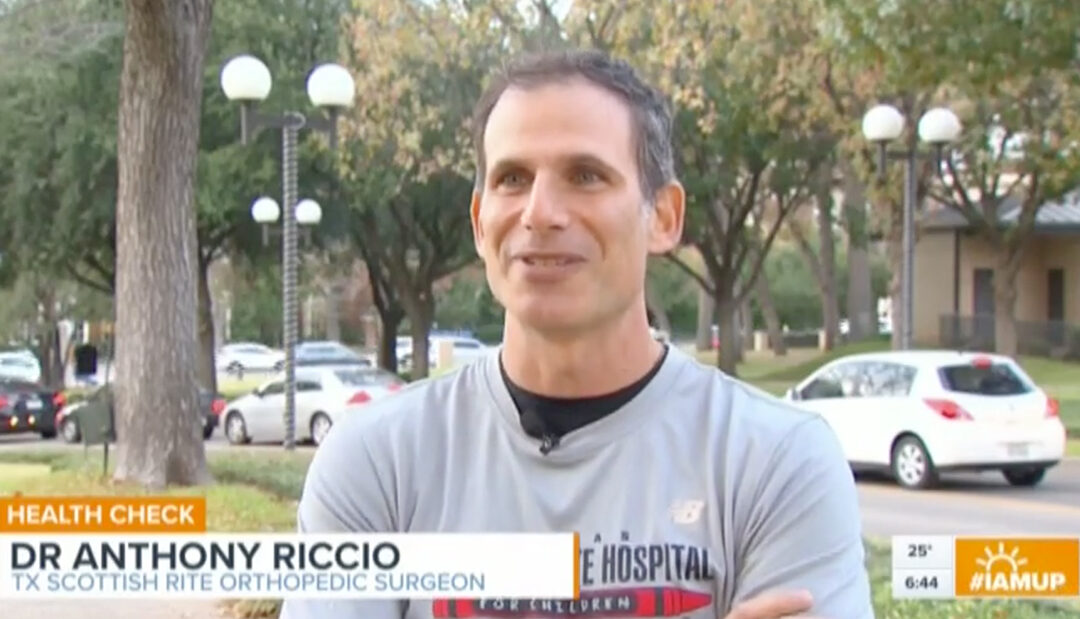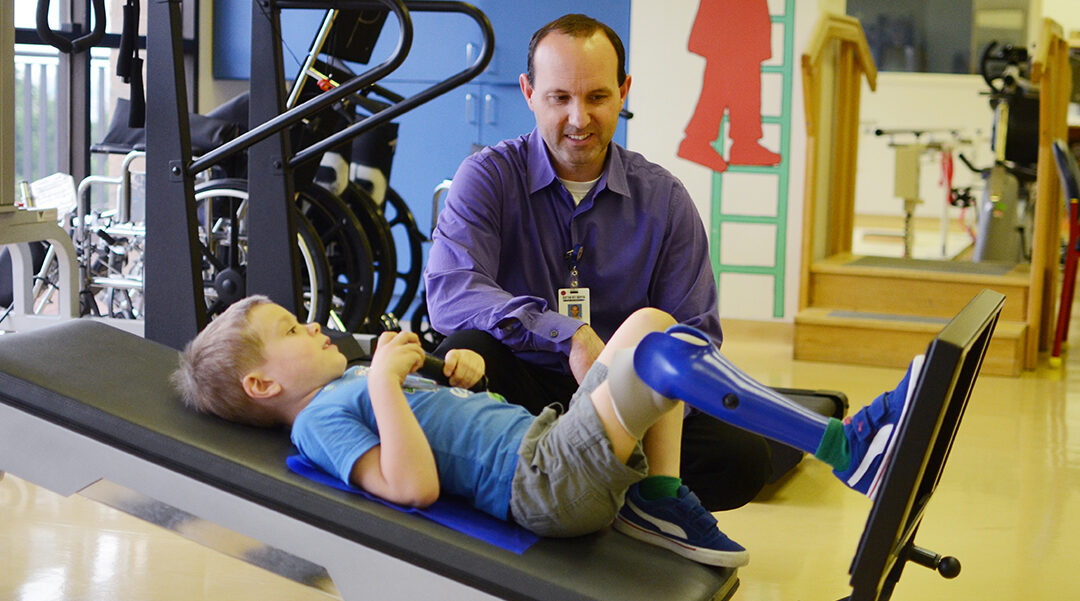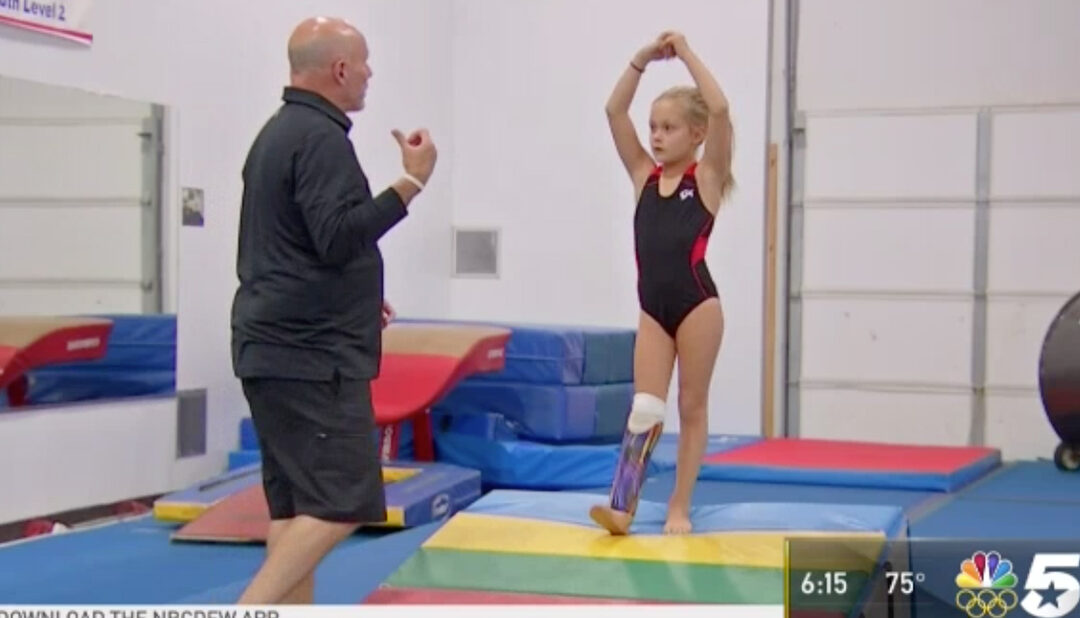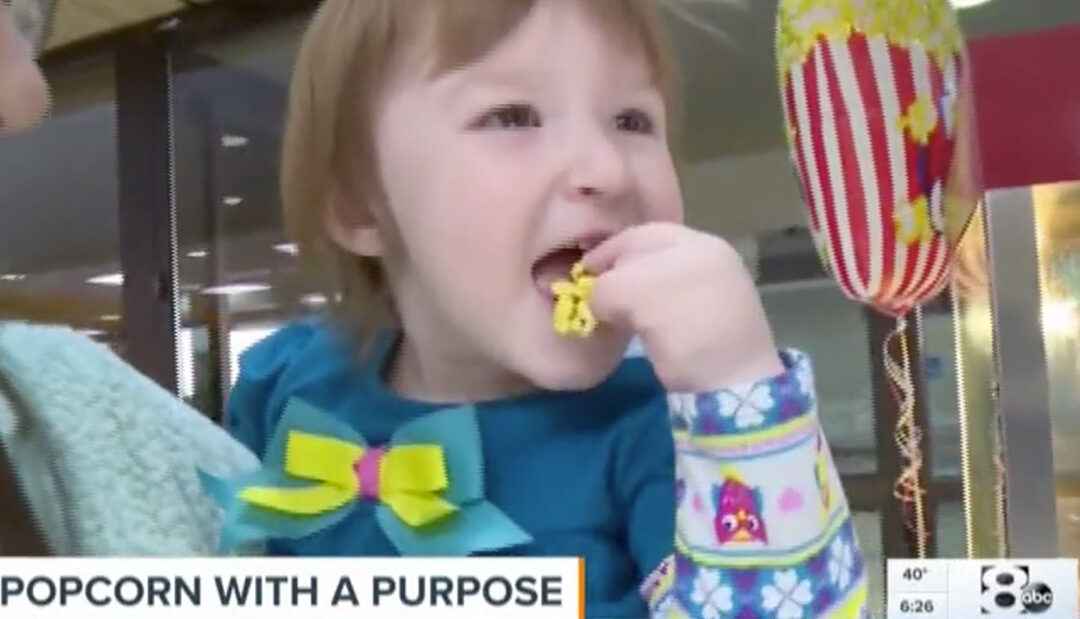
WFAA: Ideas that pop: Children’s hospital using popcorn to transform patient experience
When you walk through the doors or Texas Scottish Rite Hospital for Children the first thing you notice is the buttery smell.
“My kids think of the movies they don’t think of a hospital,” John Dailey remarked as he walked in with his two daughters.
The girls promptly made a bee line for the popcorn stand and handed over a quarter to volunteer Letecia Desaloms who stays busy filling bags.
“The smile on a child’s face is what I love. I’ve worked in hospitals my whole life and this place is magic,” Desaloms said.
The girls’ father says one of his girls never runs but on this day she sprinted to the stand. The popcorn was a treat for the girl but seeing his daughter run was the real gift for her dad.
The popcorn stand started decades ago. Patients, doctors and volunteers say it’s Dallas’ best popcorn and one of the best kept secrets across DFW.
While the snacks are delicious they serve another purpose, to send a subliminal message through smell that the children are somewhere fun.
“We’ve had stories of children literally thinking they were going to an amusement park when they came here. They didn’t realize it was a hospital until they got older,” said Avery Wyatt who has been working at Scottish Rite for just over a year.
While the popcorn may be the most delicious detail Scottish Rite is being studied by hospitals across the world for their attention to detail and building designs with patient experience in mind.
“The architects who designed this build have become world famous for their work on children’s hospitals,” said Tony Herring a current surgeon and Scottish Rite’s former chief of staff.
The orthopedic nonprofit hospital also designed a system to make sure medical equipment is not seen in common and open spaces like hallways or waiting areas. Instead the equipment is kept in a central room that backs up to all exam rooms. Nurses and doctors bring the equipment into exam rooms through a separate door once patients are ready to be seen.
The hospital also has a large playground out front, strategically placed so patients can see it from their hospital room windows. The park is also open to children who are not being treated at the hospital to make it more inclusive and more about fun.
“I have worked here since 1975 and there’s no other place like it,” Herring said.
Other psychological designs include wide hallways and lots of big open spaces which the hospital says has been proven to promote less stress for families.
And everywhere you go one other thing is constant, that delicious popcorn smell.
“You know you’re here as soon as you take a deep breath,” Dailey said.
The hospital’s volunteers pop 6000 pounds every year and they have no plans on stopping anytime soon.
